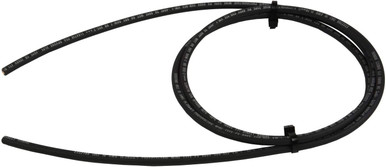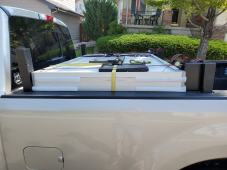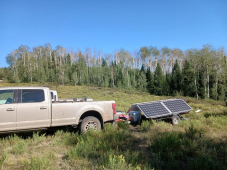Pi Curio
Sunlicious
Yes, it supports all those voltages.
The solar charge controller amp rating is on the output side. Your panel will work. I'm overpaneled with two of my 280 watt panels. The solar charge controller draws as many watts as it needs to get up to 20 amps (or whatever you set the output amps to be, it is adjustable).
My lead acid batteries (in parallel) were down to just below 12 volts. The solar charge controller was going full throttle with just one panel connected, producing about 16 amps. The panels were not tilted to capture the sun well. With two panels connected in series it was pegged at 20 amps.
That's very reassuring to hear, Thank you!
When I started looking into making a tiny system first, this controller really caught my attention. It seems to fit the picture perfectly and allows for a neatly scalable system as far I can tell.
Anyhow, placed my order for the SCC, hopefully, I'll manage to find the rest of the components in stock as well.
Do you happen to know of any particular brand of quality silicon tinned copper wires you would recommend for the solar application? Appreciated.
Last edited:






